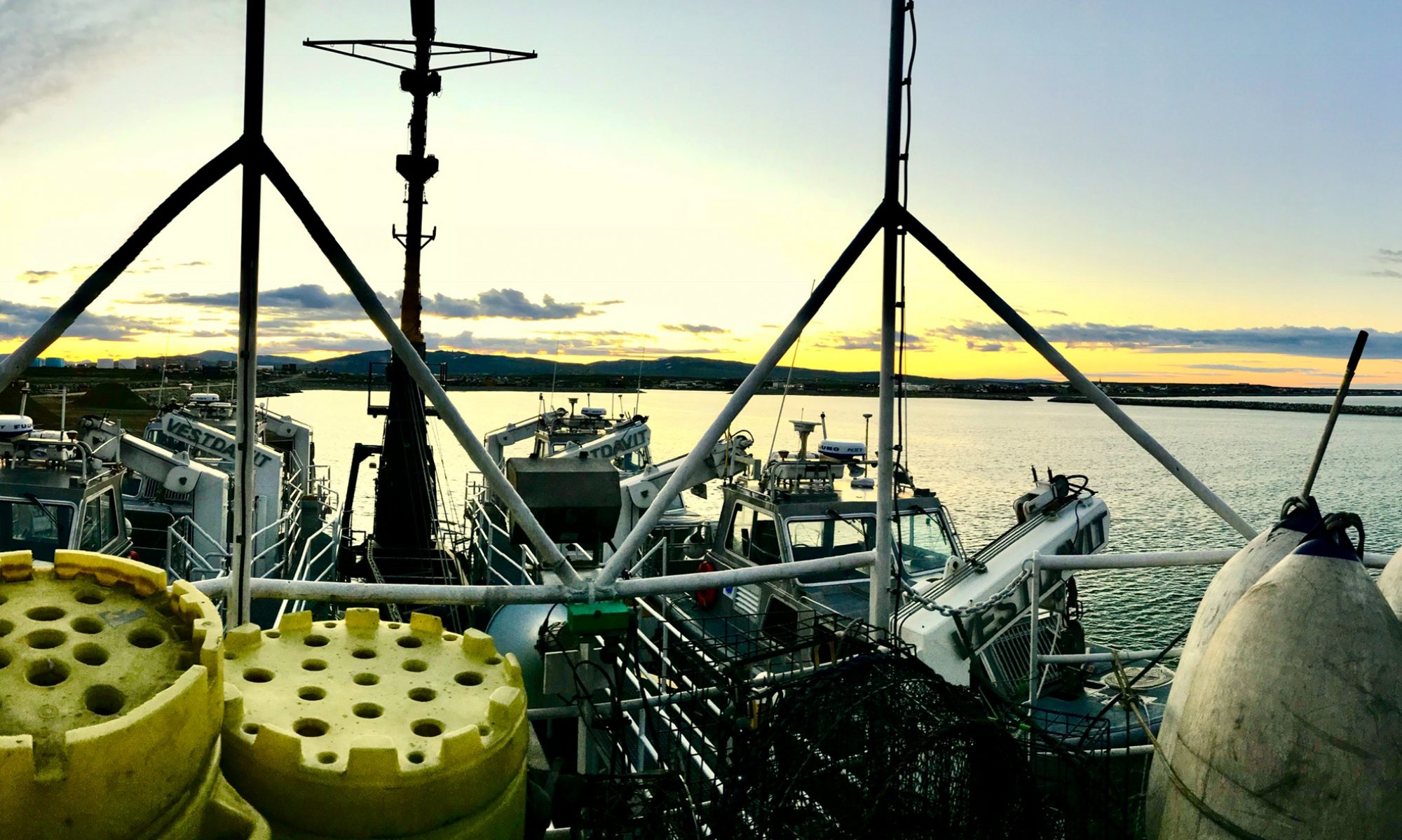NOAA Teacher at Sea Kimberly Lewis
NOAA Ship: Oregon II
July 1 -July 16 2010
Mission: SEAMAP Summer Groundfish Survey
Geographical Area of Cruise: Gulf of Mexico
Date: Sunday, July 9, 2010
Scientist first, Teacher at Sea second

Weather Data from the Bridge
Time: 1630 (4:30 pm)
Position: Latitude = 28.20.93 N; Longitude = 095.58.98 W
Present Weather: Could cover 100%
Visibility: 4-6 nautical miles
Wind Speed: 18 knots
Wave Height: 6-8 feet
Sea Water Temp: 28.9 C
Air Temperature: Dry bulb = 27.2 C; Wet bulb = 25.3 C
Barometric Pressure: 1011.56 mb
Science and Technology Log
As you can tell from our previous blogs, we spend a lot of our time on the Oregon II counting, measuring and weighing our catch and loading the data into FSCS. These data are critical to NOAA and the states in managing fish stocks and the Gulf ecosystem. In addition to knowing population size, weights, and lengths of individuals it’s also important to know the sex of the organisms. Information on the male:female ratio helps NOAA and the states assess the ability of the population to reproduce, and to establish sustainable catch levels.
But how do you determine the sex of marine organisms? For most fish and invertebrates you can only tell the sex by internal anatomy, which of course requires cutting the animal open. This is time consuming and not always practical when we have a large catch to process and other tasks take priority, such as preparing samples to be analyzed for contamination from the oil spill which is our top priority right now.
For some organisms, however, sex can be determined externally. One of the things we’ve learned in the past week is how to determine the sex of shrimp, flatfish, crabs, sharks, skates and rays. Here’s how:
Shrimp: the males have a pair of claspers (called petasma) on their first set of legs. The petasma are absent in females. The males use the petasma during mating to grasp the female and transfer the sperm sac.


Crabs: On most crab species females have wide plates curving around the rear of the abdomen, while males have a long narrow plate or plates. On females, the eggs develop under the curved plate.




One of the scientists I work with on night shift said, “we think of you guys as scientific volunteers first, then teachers at sea second”. I will say that is the job I feel like I have been doing. The first few days I barely got my camera out b/c we were so busy. We collected a sea horse one night and I missed taking the photo before the catch was dumped. I was in the next room doing a titration and forgot to tell the rest of the shift to save it for me. 🙁 Since then I have kept my camera close by in a drawer in the wetlab. I am learning and seeing many new things…….. if anyone is a zoology teacher this is the trip for you!


